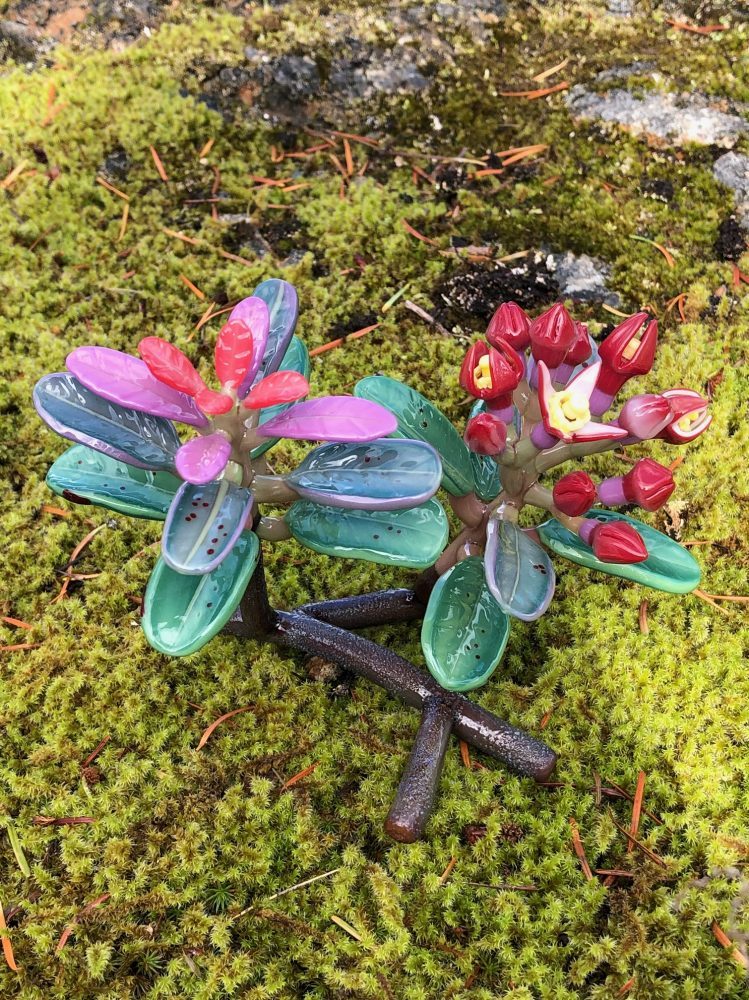The Maui Invasive Species Committee (MISC) is seeking a new Manager to lead its multi-taxa, innovative program focused on the…
Read More
Press Release: Nominations Now Accepted to Honor Invasive Species Prevention Efforts Within Maui County
PĀʻIA – Nominations are now being accepted to honor invasive species prevention efforts within Maui County. The Mālama i ka…
Read More
Evolutionary oddities: giant flightless ducks roamed Maui, grazing like buffalo and spreading seeds
For millennia, before humans ever set foot on Hawaiʻi, birds ruled the islands. From mountain top to shoreline, the feathered…
Read More
Coqui Crew – September 2020
From July through September, the coqui crew worked throughout Haʻikū on populations of frogs near the Kauhikoa Reservoir, the Five…
Read More
Community Coqui Control Progam – September 2020
All four of the Haʻikū neighborhoods involved in the MISC Community Coqui Control Program held work weeks during August. One…
Read More





